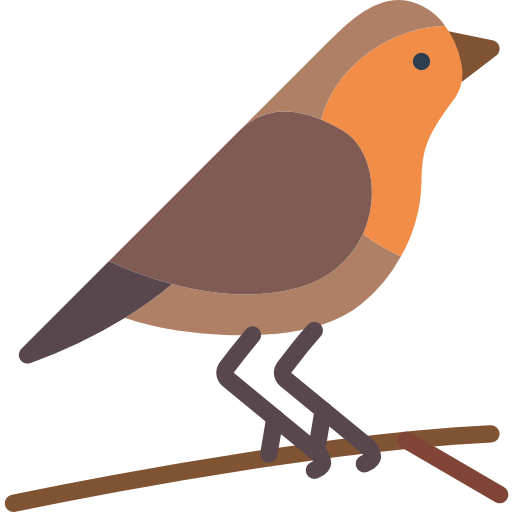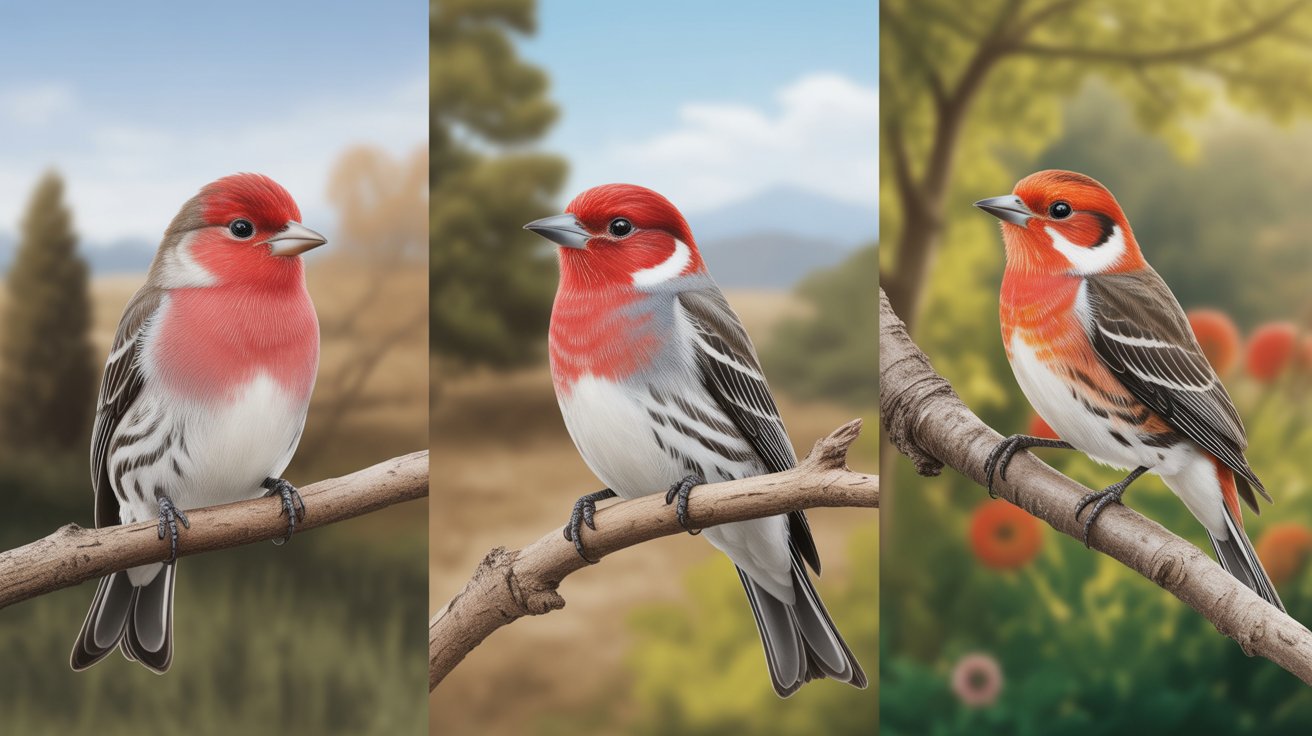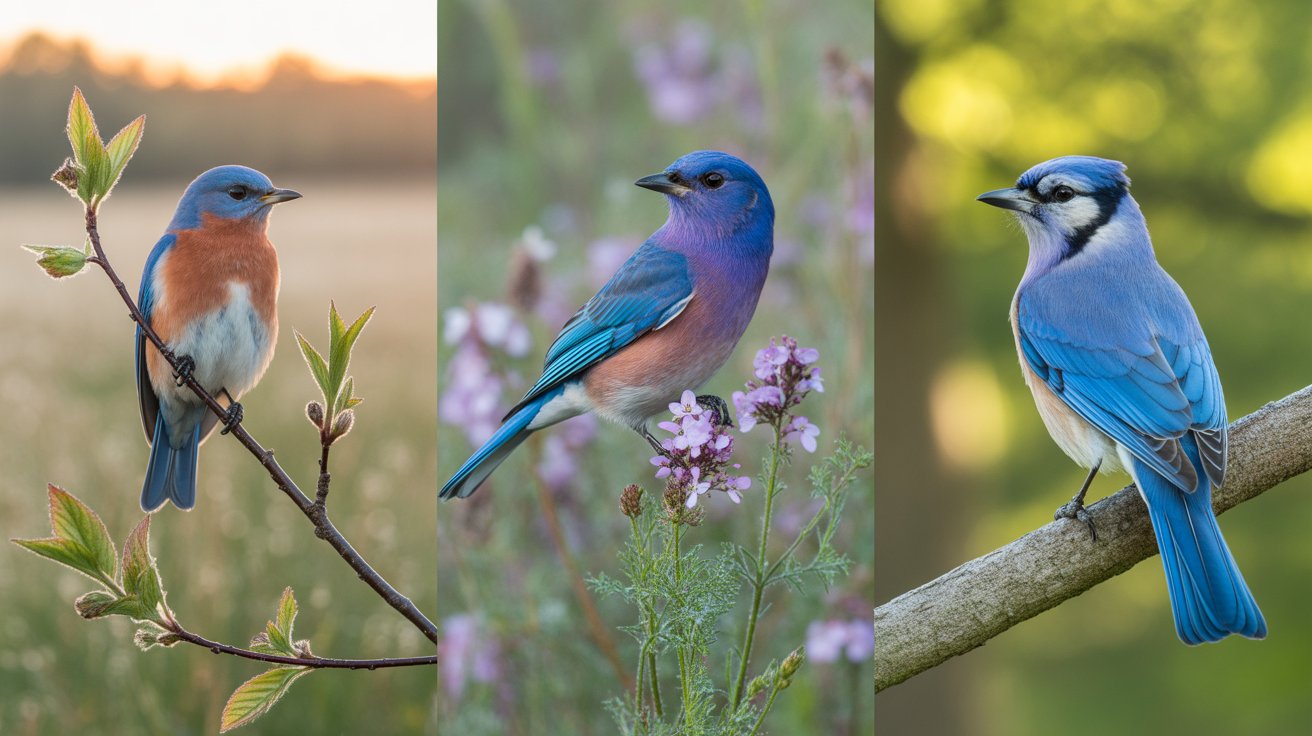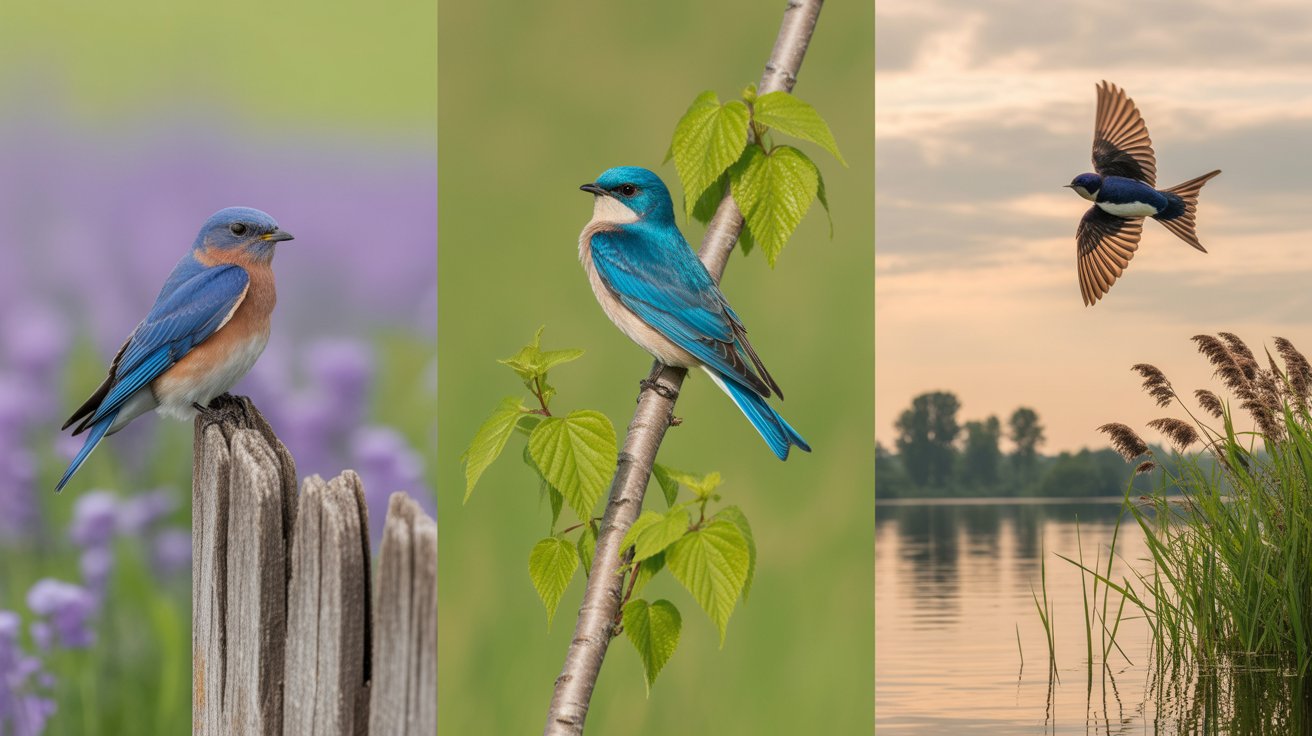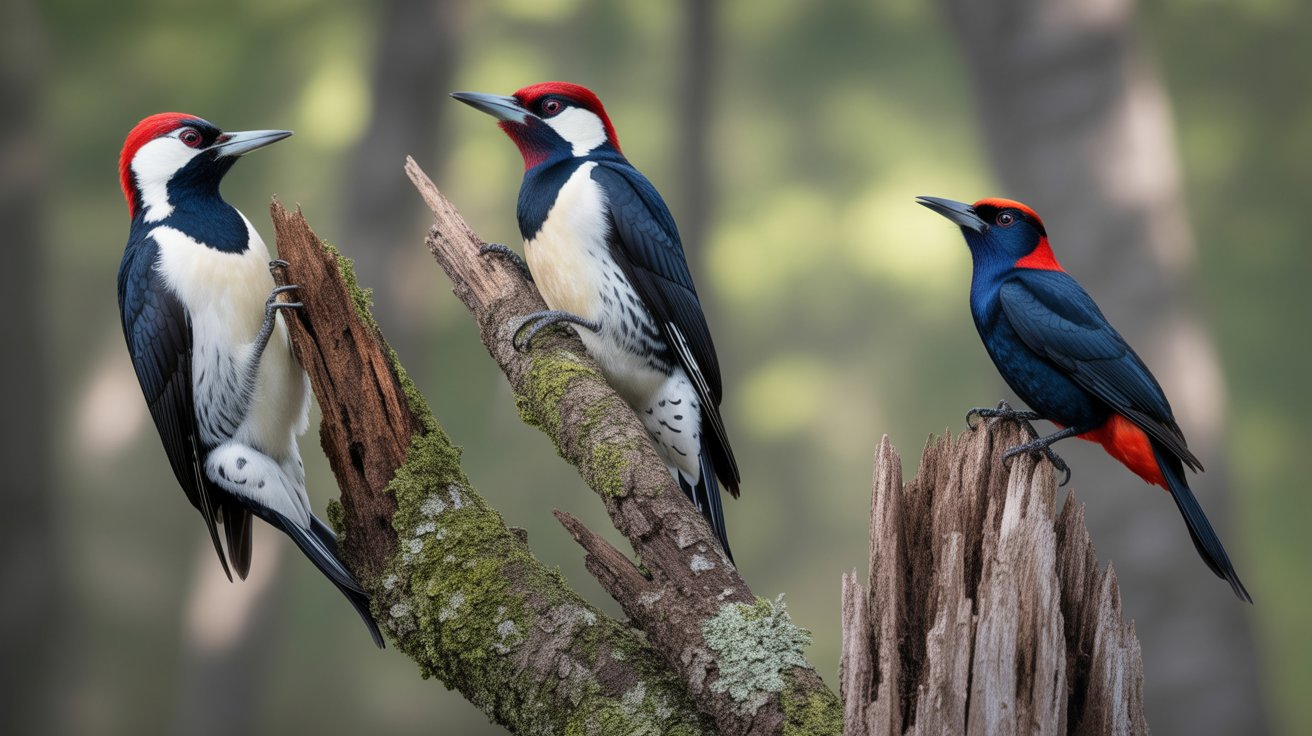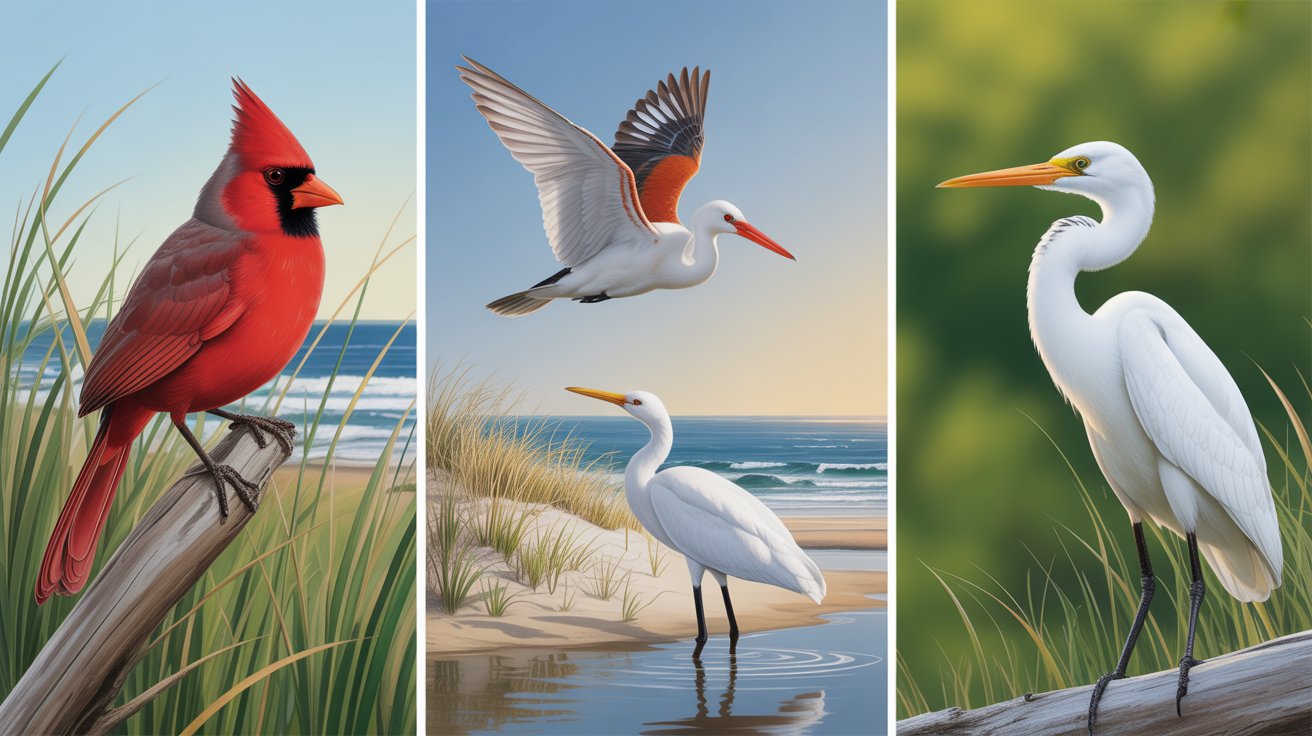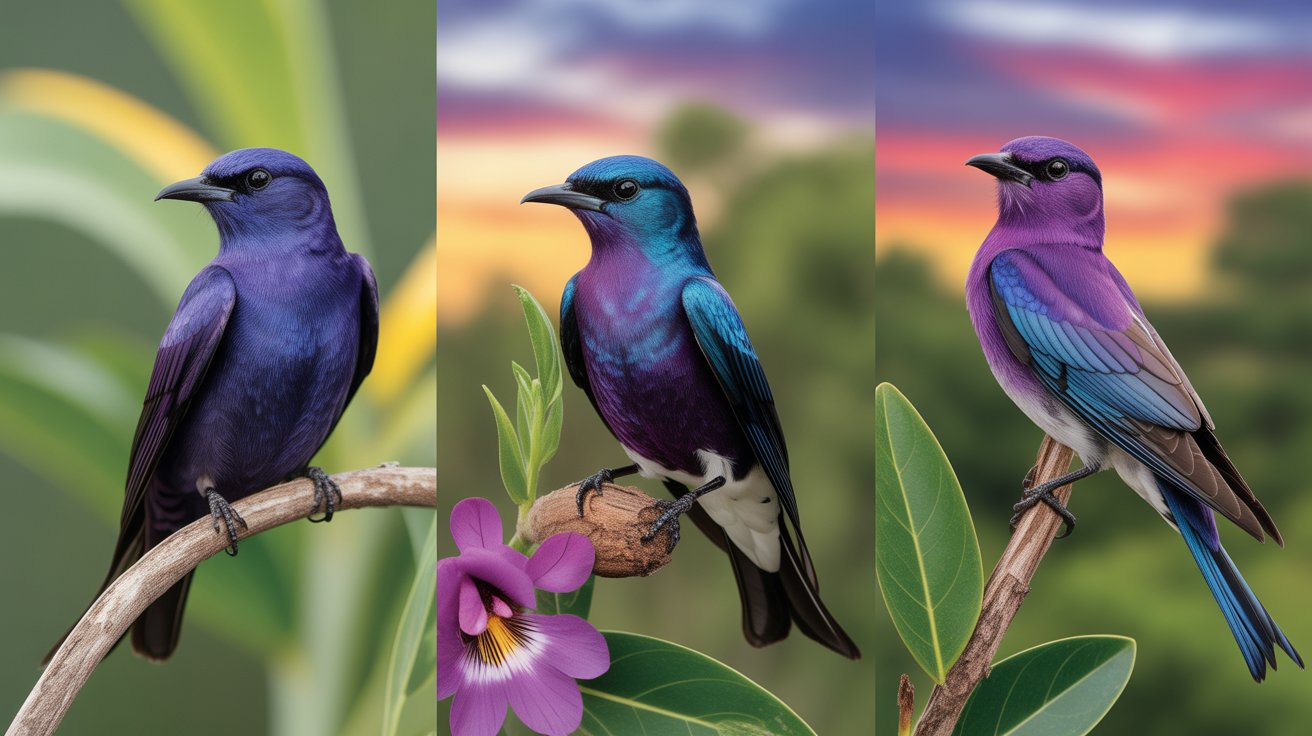Have you ever spotted a bird that looked surprisingly fuzzy — so much so that you wondered, do birds have fur?
If so, you’re not alone. Many people do a double-take when they see certain birds flaunting feathers that look remarkably like mammalian fur. But here’s the truth: birds technically don’t have fur. Instead, they have specialized feathers that can appear fluffy, velvety, or downy, giving them a fur-like look.
In this article, you’ll discover over 20 fascinating birds that seem to break the rules. You’ll learn why some birds look so plush, how their “furry” appearance helps them survive, and where you might spot them in the wild. From adorable owls covered in soft down to penguins with dense, fur-like plumage, these birds are living proof that nature loves to blur the lines.
You’ll also find interesting facts about each bird’s size, wingspan, habitat, and unique traits that make them masters of disguise in cold climates or dense forests. So, whether you’re a backyard birdwatcher, a curious student, or someone who loves quirky animal facts, get ready to meet these “furry” birds up close.
Let’s bust the myth of birds with fur once and for all — and enjoy these fluffy wonders of the avian world.
Contents
- 1. Snowy Owl
- 2. Emperor Penguin
- 3. Tawny Frogmouth
- 4. Barn Owl
- 5. Great Grey Owl
- 6. King Penguin
- 7. Little Owl
- 8. Long-eared Owl
- 9. Boreal Owl
- 10. Ural Owl
- 11. American Kestrel Chick
- 12. Harpy Eagle Chick
- 13. Bearded Vulture
- 14. Great Horned Owl
- 15. Northern Hawk Owl
- 16. Silkie Chicken
- 17. Hoatzin Chick
- 18. Himalayan Monal
- 19. Rock Ptarmigan
- 20. Marabou Stork Chick
- 21. Juvenile Crested Penguin
- FAQs
- Conclusion
1. Snowy Owl
One of the most iconic birds that looks like it wears a fur coat is the Snowy Owl. With its dense plumage, this bird thrives in freezing Arctic regions where warm insulation is critical. Its white feathers not only blend with snow but also trap air close to the body, mimicking the function of fur.
Scientific Name: Bubo scandiacus
Wingspan: 4.2–4.8 feet (1.3–1.5 meters)
Length: 20–28 inches (52–71 cm)
Weight: 3.5–6.5 pounds (1.6–3 kg)
Snowy Owls have extra feathers covering even their legs and feet, making them look fluffy all over. These feathers help them hunt silently in icy tundras. Females tend to be larger than males and often have darker spots that break up their outline in the snow. If you ever see one perched on a fence post or the ground, you’ll notice how their plumage resembles a thick winter coat.
Fun fact: Unlike many owls, Snowy Owls are diurnal, meaning they hunt during the day — perfect for the long Arctic daylight. If you’re hoping to spot one, keep your eyes open in open fields or coastal areas during winter migration.
2. Emperor Penguin
When you think of “birds with fur,” penguins instantly come to mind. Of course, penguins don’t have fur — but Emperor Penguins come close with their densely packed, fur-like feathers that keep them warm in Antarctica’s brutal cold.
Scientific Name: Aptenodytes forsteri
Wingspan: 2.6–3.7 feet (80–112 cm)
Length: 45 inches (115 cm)
Weight: 50–100 pounds (22–45 kg)
Emperor Penguins have four layers of feathers. Beneath their sleek, waterproof outer layer lies a layer of soft down that acts much like fur. This insulation is so effective that they can withstand temperatures as low as -60°F (-51°C).
Their chicks are even fuzzier — covered in gray, fluffy down that looks just like a furry blanket. You’ll often see these adorable chicks huddling together in crèches, relying on each other and their parents’ body heat to survive the harsh Antarctic winds.
3. Tawny Frogmouth
At first glance, the Tawny Frogmouth might be mistaken for a furry tree branch. This master of camouflage has shaggy, mottled plumage that makes it look covered in fur, blending perfectly with tree bark.
Scientific Name: Podargus strigoides
Wingspan: 2.3–2.8 feet (70–85 cm)
Length: 13–21 inches (34–53 cm)
Weight: 0.7–1.9 pounds (300–600 grams)
Native to Australia, the Tawny Frogmouth is nocturnal and spends its days motionless, pretending to be part of a tree. Its soft, bristle-like feathers break up its outline, and when it closes its eyes, you’d swear you were staring at a broken branch with fur.
Unlike owls, Tawny Frogmouths are more closely related to nightjars. They feed mainly on insects and small vertebrates, striking their prey with a quick snap of their wide beak.
4. Barn Owl
The Barn Owl’s heart-shaped face and velvety, soft plumage give it an almost furred appearance, especially when seen up close under moonlight. Its feathers are designed for silent flight and maximum warmth.
Scientific Name: Tyto alba
Wingspan: 3.1–3.7 feet (95–110 cm)
Length: 12–15 inches (32–40 cm)
Weight: 0.9–1.4 pounds (400–650 grams)
Barn Owls have a mix of soft, downy feathers and stiff, comb-like feathers on their wings that muffle the sound of air rushing over them. This feather structure makes their flight whisper-quiet — essential for hunting rodents at night.
If you ever find a Barn Owl roosting in a barn loft or tree hollow, you’ll notice how its pale, plush plumage looks like suede or felt rather than stiff feathers. This texture helps insulate the bird in chilly environments while giving it an undeniably “furry” vibe.
5. Great Grey Owl
True to its name, the Great Grey Owl is massive and cloaked in feathers so soft and dense they look like thick fur. This gives it a round, ghostly silhouette that’s breathtaking to see in the wild.
Scientific Name: Strix nebulosa
Wingspan: 4.5–5 feet (137–152 cm)
Length: 24–33 inches (61–84 cm)
Weight: 1.5–4 pounds (700–1,900 grams)
This owl’s facial disc and large head make it look even more plush. Its feathers cover its entire body, legs, and toes — an adaptation that lets it hunt in freezing forests across North America, Europe, and Asia.
Great Grey Owls listen for mice and voles under deep snow. Their fluffy feathers trap heat and block out cold winds, just like a thick fur coat would for a mammal.
6. King Penguin
The King Penguin is another Antarctic marvel that looks like it’s wearing a sleek fur suit. While its feathers are tightly packed and waterproof, a thick layer of down underneath acts just like fur to trap warmth.
Scientific Name: Aptenodytes patagonicus
Wingspan: 2.8–3.1 feet (85–95 cm)
Length: 28–39 inches (70–100 cm)
Weight: 21–40 pounds (9.5–18 kg)
King Penguins are the second largest penguin species after Emperor Penguins. They sport a striking black, white, and orange plumage that’s both beautiful and practical. The thick down feathers beneath the smooth outer layer keep them warm during long dives in icy waters.
Their chicks are especially “furry.” Covered in dense brown down, they resemble fuzzy teddy bears more than sleek adult penguins. This fluffy stage lasts nearly a year, protecting the chicks from freezing temperatures while they grow big enough to swim.
If you ever visit South Georgia Island or the Falkland Islands, you might see thousands of King Penguins in giant colonies, their brown “fur-coated” chicks standing out in the crowd.
7. Little Owl
The Little Owl may be small, but its soft, fluffed-up appearance makes it look just like a ball of fur perched on a fence post.
Scientific Name: Athene noctua
Wingspan: 1.5–1.8 feet (50–55 cm)
Length: 8–10 inches (21–27 cm)
Weight: 5–8 ounces (140–220 grams)
Native to Europe, Asia, and North Africa, the Little Owl is well adapted to farmland, orchards, and open countryside. Its dense plumage keeps it warm through chilly nights and provides camouflage among tree bark and old barns.
Unlike larger owls, Little Owls are active at dawn and dusk. They perch low, scanning for insects, mice, and worms. Their rounded shape, short tail, and big yellow eyes add to their “fluffy” look.
Keep an eye out for them on fence posts, dry stone walls, or even roofs at sunset — they’ll often bob their heads up and down in an adorable, curious way.
8. Long-eared Owl
Another owl with plumage so soft it looks like fur is the Long-eared Owl. Named for the long feather tufts on its head that resemble ears, this bird has an exceptionally fluffy coat.
Scientific Name: Asio otus
Wingspan: 3–3.5 feet (90–105 cm)
Length: 13–16 inches (35–40 cm)
Weight: 8–15 ounces (220–435 grams)
Long-eared Owls are found throughout Europe, Asia, and North America. They roost in dense foliage by day and hunt open fields by night. Their soft, mottled plumage blends perfectly with tree bark, while the downy underlayer keeps them warm during cold seasons.
These owls often gather in communal winter roosts — sometimes with dozens perched together, looking like clusters of furry lumps in the trees. Listen for their low hoots at dusk or watch for their silent, moth-like flight over meadows.
9. Boreal Owl
The Boreal Owl is a tiny, nocturnal owl found in northern forests across Europe, Asia, and North America. Its downy feathers make it look like a miniature puffball of fur.
Scientific Name: Aegolius funereus
Wingspan: 20–24 inches (50–62 cm)
Length: 8–11 inches (21–28 cm)
Weight: 3.5–7 ounces (100–200 grams)
Boreal Owls thrive in coniferous forests, where their heavily insulated plumage shields them from frigid temperatures. Their round face, bright eyes, and thick feathering make them look endearingly plush.
These owls hunt small rodents under the snow, listening for tiny sounds with their large facial discs. Unlike larger owls, Boreal Owls are elusive and rarely seen — but if you’re lucky enough to spot one, you’ll see why they’re often described as “fur balls with wings.”
10. Ural Owl
The Ural Owl is another example of nature’s plush designs. This large, ghostly owl wears a thick cloak of fluffy feathers that look like fine fur.
Scientific Name: Strix uralensis
Wingspan: 3.3–4.3 feet (100–130 cm)
Length: 19–24 inches (50–61 cm)
Weight: 1.3–2.6 pounds (0.6–1.2 kg)
Native to northern Europe and Asia, Ural Owls favor old-growth forests. Their pale, streaked plumage blends beautifully with snowy branches and tree trunks.
These owls hunt small mammals and birds, gliding silently through dense woods. The thick feathers on their legs and feet provide extra insulation, acting like furry boots in deep snow. If you’re wandering a winter forest at dusk, watch for their ghost-like shape perched high in the trees.
11. American Kestrel Chick
Adult American Kestrels are sleek and streamlined, but their chicks are balls of fuzz that look strikingly furry.
Scientific Name: Falco sparverius
Wingspan: 20–24 inches (50–61 cm)
Length: 9–12 inches (22–31 cm)
Weight: 3–6 ounces (85–170 grams)
When hatched, kestrel chicks are covered in soft, white down that provides warmth before their adult feathers grow in. This down is so fluffy that it’s easily mistaken for fur.
American Kestrels are North America’s smallest falcons and can be found in open fields, meadows, and farmlands. Watch for them perched on wires or hovering mid-air as they hunt insects and small rodents.
12. Harpy Eagle Chick
One of the world’s most powerful birds of prey starts life as a “fur ball.” Harpy Eagle chicks are covered in dense white down for months.
Scientific Name: Harpia harpyja
Wingspan: 6–7.5 feet (176–224 cm)
Length: 34–42 inches (86–107 cm)
Weight: 14–20 pounds (6.5–9 kg)
Native to the rainforests of Central and South America, Harpy Eagles rely on their plush chick down to stay warm and protected while parents hunt monkeys and sloths high in the canopy.
Their striking crown of feathers and powerful talons make adult Harpies look fierce — but their chicks couldn’t look more like fuzzy stuffed toys in the nest.
13. Bearded Vulture
The Bearded Vulture, or Lammergeier, is famous for its “beard” — but it’s the fluffy neck feathers that make it appear furred.
Scientific Name: Gypaetus barbatus
Wingspan: 7.5–9.3 feet (2.3–2.8 meters)
Length: 37–49 inches (95–125 cm)
Weight: 10–17 pounds (4.5–7 kg)
Found in mountainous regions of Europe, Africa, and Asia, these vultures use thermal currents to soar high above cliffs. Their thick neck ruff looks like a lion’s mane, protecting them from cold alpine winds.
These unique scavengers mainly eat bones, which they drop from great heights to crack open. Their striking appearance — part vulture, part fluffy lion — makes them one of the most dramatic birds that seem to wear fur.
14. Great Horned Owl
The Great Horned Owl’s thick, plush feathers make it look like it’s wearing a heavy fur coat — especially in snowy forests.
Scientific Name: Bubo virginianus
Wingspan: 3.3–4.8 feet (1–1.5 meters)
Length: 18–25 inches (46–63 cm)
Weight: 2–5.5 pounds (0.9–2.5 kg)
This powerful predator is widespread across the Americas, from Arctic forests to tropical rainforests. Its “horns” are tufts of feathers that add to its dramatic look.
The owl’s dense plumage muffles flight sounds and keeps it warm during winter hunts. If you see one perched silently at dusk, it will likely appear as a broad-shouldered, fur-collared sentinel watching the night unfold.
15. Northern Hawk Owl
With its elongated body and soft, fluffy plumage, the Northern Hawk Owl looks more like a furry woodland creature than a bird.
Scientific Name: Surnia ulula
Wingspan: 27–31 inches (69–79 cm)
Length: 14–17 inches (36–43 cm)
Weight: 11–13 ounces (300–370 grams)
This owl hunts by day, gliding like a hawk over open forests and bogs in the northern hemisphere. Its thick feathering keeps it warm during freezing winters.
When perched on a tree top, its soft plumage and rounded face give it an undeniably “furry” charm.
16. Silkie Chicken
Not all “furry” birds live in the wild. The Silkie Chicken is a domestic breed famous for feathers that look and feel just like fur.
Scientific Name: Gallus gallus domesticus
Wingspan: Not applicable (flightless)
Length: About 14 inches (35 cm)
Weight: 2–4 pounds (0.9–1.8 kg)
Originating in Asia, Silkies have fluffy plumage that lacks barbicels, the hooks that keep feathers smooth. This gives them their iconic fur-like, silky coat.
They’re friendly, docile birds often kept as pets or show animals. Touch a Silkie, and you’ll feel why they’re sometimes called the “teddy bears of the chicken world.”
17. Hoatzin Chick
The Hoatzin Chick looks like a prehistoric bird with fur — covered in brownish down and sporting clawed wing tips.
Scientific Name: Opisthocomus hoazin
Wingspan: About 2.5 feet (75 cm)
Length: 25 inches (65 cm)
Weight: 1.8 pounds (0.8 kg)
Native to the Amazon, Hoatzins feed mainly on leaves. Their chicks hatch with shaggy down that keeps them warm in tropical swamps. They even use claws on their wings to climb branches — a trait more reptilian than avian.
Their fuzzy coat and primitive claws make Hoatzins one of the most unusual “furry” birds alive today.
18. Himalayan Monal
Known for its dazzling, multicolored plumage, the Himalayan Monal might not look furry at first glance — but when you see it up close in its cold mountain home, you’ll notice its dense feathers act like a fur-lined coat.
Scientific Name: Lophophorus impejanus
Wingspan: 2.5–3 feet (76–90 cm)
Length: 24–28 inches (60–72 cm)
Weight: 4–5 pounds (1.8–2.3 kg)
This national bird of Nepal lives in alpine meadows and forests up to 15,000 feet. Its feathers are iridescent and thick, layered to keep it warm through bitter Himalayan winters. The Monal’s neck and body are so plush that locals sometimes call it the “nine-colored bird with a fur cloak.”
If you’re lucky enough to spot one scratching through snow for tubers or insects, you’ll see just how nature combines showy beauty with practical insulation.
19. Rock Ptarmigan
The Rock Ptarmigan is a master of disguise, wearing “furry” winter whites. In cold months, its feathers grow so dense that they cover even its legs and feet like fluffy fur boots.
Scientific Name: Lagopus muta
Wingspan: 21–24 inches (55–61 cm)
Length: 13–14 inches (35–37 cm)
Weight: 15–23 ounces (430–650 grams)
Found in the Arctic tundra and alpine regions, Ptarmigans change their plumage with the seasons — brown mottled feathers in summer, snow-white “fur-like” plumage in winter.
This thick feathering keeps them warm in -40°F (-40°C) winds and hides them from predators. Seeing one is like spotting a living snowball hopping across a frozen landscape.
20. Marabou Stork Chick
Adult Marabou Storks are hardly fluffy — they’re huge, bald-headed scavengers — but their chicks are a different story. Covered in thick, downy plumage, they look like scruffy furballs before they grow their adult feathers.
Scientific Name: Leptoptilos crumenifer
Wingspan: 7.5–9.5 feet (2.3–2.9 meters)
Length: 48 inches (120 cm)
Weight: 9–18 pounds (4–8 kg)
Native to Africa, Marabou Storks nest in large colonies near wetlands. The chicks rely on their “fur-like” down for warmth and protection until they develop the stork’s signature bald head and massive wings.
Next time you see a nature documentary on African wetlands, look for these fuzzy white chicks peeking out from stick nests high in the trees.
21. Juvenile Crested Penguin
Crested Penguins — like the Macaroni or Fiordland Penguin — have chicks that look astonishingly like little stuffed animals.
Scientific Name: Eudyptes spp.
Wingspan: About 2.3 feet (70 cm)
Length: 20–28 inches (50–71 cm)
Weight: 6–12 pounds (2.7–5.5 kg)
When newly hatched, these chicks wear a dense layer of brown or gray down that protects them from the wet, cold climates of sub-Antarctic islands.
While adults sport slick, waterproof feathers and flashy yellow crests, the chicks’ fur-like coats keep them dry until they’re old enough to head out to sea.
FAQs
Q1: Do any birds actually have fur?
No, birds do not have fur. They have feathers, some of which can look like fur because they are soft and fluffy.
Q2: Why do some birds look furry?
Birds that live in cold climates or need camouflage often have down feathers or shaggy plumage that looks like fur. This helps with warmth and protection.
Q3: Are baby birds covered in fur?
Baby birds are covered in down feathers that look like fuzz or fur, but these are still feathers.
Q4: Which bird is the fluffiest?
Many owls, like the Snowy Owl and Great Grey Owl, are among the fluffiest because of their dense plumage.
Q5: Where can I see these “furry” birds?
Many of these birds live in forests, tundras, or coastal regions. Some can be spotted in zoos or wildlife sanctuaries.
Conclusion
Now that you know the truth about “birds with fur,” you can appreciate just how incredible their plumage really is. Birds evolved feathers, not fur, yet nature has equipped them with coats so warm and plush they rival any mammal’s fur. From the icy slopes of Antarctica where Emperor Penguins huddle, to the shadowy forests where owls silently hunt, these birds prove just how adaptable life can be.
Next time you see a fluffy chick or a puffed-up owl perched in a snowy tree, you’ll know exactly why they look like they’re wearing fur coats. They’re living examples of evolution’s creativity — and they remind us that sometimes, feathers can do everything fur does and more. So grab your binoculars and a warm coat, and see if you can spot one of these feathery wonders in the wild. You’ll never look at birds the same way again.
